Anti-tank missile systems of the 9K123 "Chrysanthemum" family
The development of the project "Chrysanthemum" began in the mid-eighties. The main objective of this project, the creation of which was carried out by the specialists of the Engineering Design Bureau (Kolomna) under the leadership of S.P. Invincible, was the design of a self-propelled missile system capable of destroying various targets, primarily enemy armored vehicles. Soon the main features of the appearance of the new technology were identified and the composition of the complex was formed.
Under the new project, a number of products for various purposes were developed. The PTRC 9K123 includes a self-propelled combat vehicle with a launcher, several variants of guided missiles, service vehicles, etc. Also, a set of tools is provided for training anti-tank system operators without using real military equipment and missiles with combat units. A significant part of the components of the complex "Chrysanthemum" is based on the existing technology. In addition, there is a high degree of unification of some of the tools that facilitate their operation in the army.
The main element of the 9K123 "Chrysanthemum" complex is the 9P157 combat vehicle. As a basis for it, the BMP-3 infantry fighting vehicle chassis of the infantry fighting vehicle was selected accordingly. To perform new tasks, the base chassis has lost a number of components and assemblies, having received instead new devices and devices. At the same time, the main features of the design, characteristics, etc. are preserved. The development of a new "specialty" did not affect the capabilities of the existing chassis and did not change the basic characteristics.
The 9P157 machine has a combat mass at the 19,4 t level and is equipped with a UTD-29 diesel engine with an 500 hp power, which allows it to reach speeds up to 70 km / h. The required mobility is also achieved by using the available undercarriage with individual torsion bar suspension wheels. If necessary, the machine can cross the water obstacles by swimming. The jet propulsion accelerates it to speeds of the order of 10 km / h.
The chassis saves the base armored BMP-3, allowing the 9P157 to operate at the forefront and protects the crew from small weapons the adversary. Inside the front of the habitable housing compartment are placed the jobs of the driver and the commander-operator. Behind them is a fighting compartment with a launcher and systems for storing ammunition. Feed reserved for the engine compartment.
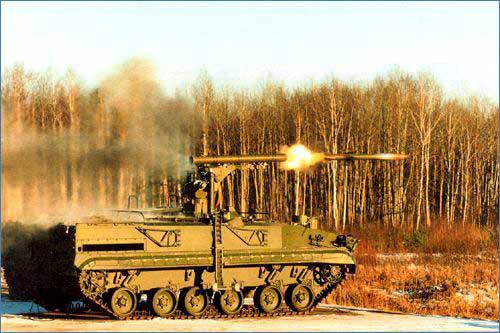
Rocket launch combat vehicle. Photo Rbase.new-factoria.ru
In the central part of the body is a lifting launcher with fixtures for two transport and launch containers with missiles. In the stowed position, the installation is lowered and retracts inside the case. In addition, the launcher is recharging in the same way. The design of the launcher allows horizontal guidance within the sector width 85 ° to the right and left of the longitudinal axis and vertical from -5 ° to + 15 °. Also outside the body is the boom of the lifting device, placed on the starboard side. To load the ammunition, the containers of the missiles are placed one by one on the boom, after which the crew, at the command of the crew, load them into the automated packing.
The combat vehicle ATGM "Chrysanthemum" is equipped with a drum storage system of ammunition, containing 15 containers with different types of missiles. Depending on the intended combat mission, the vehicle’s ammunition can be made up of missiles of various purposes. During reloading, the drum magazine automatically finds a rocket of the type specified by the operator and brings it to the launcher attachments. Drum piling design allows you to significantly speed up the process of finding ammunition and reloading in comparison with other systems of similar purpose.
The 9P157 machine carries a combined missile weapon control system consisting of two separate components. Depending on the situation and the possibility of detecting targets, the crew can search for equipment and objects of the enemy using optical laser or radar systems. The same equipment is used to control the flight of missiles after the shot. The presence of two separate guidance systems allows the 9K123 complex to simultaneously fire at two different targets. At the same time, the tracking of the target and the development of commands for the rocket is assigned to the automation of the complex. Antenna radar and opto-electronic unit located on the roof of the case.
For use by the Chrysanthemum complex, four guided missiles of similar design were developed - 9М123, 9М123-2, 9М123Ф and 9М123Ф-2. The first two products are equipped with a tandem-shaped cumulative warhead with the possibility of penetration to 1000-1100 mm homogeneous armor for dynamic protection. The 9М123Ф and 9М123Ф-2 rockets carry a detonating warhead equivalent to 13,5 kg of TNT. Missiles of all types have a maximum diameter of 155 mm and are placed in transport-launch containers of length 2,3 m. The maximum weight of a WPC with a missile is 62 kg. The missiles are capable of attacking targets at ranges of at least 400 m. The laser-guided product has a firing range of up to 5 km, with radar - up to 6 km. In flight, the missiles reach speeds of up to 400 m / s.
The warheads of both missiles are placed in the head of the body of a large elongation. The central part of the body is given under the solid fuel engine. In the tail section there are wings spread in flight with a span of 310 mm and steering wheels. Also, the tail of the hull is given for the placement of control equipment that communicates with the control systems of the combat vehicle. The rocket is controlled by radio or using a laser beam. Modifications 9М123 and 9М123Ф use guidance with a laser beam, products with two in the designation - the radar system.
As an additional weapon for self-defense, the crew of a combat vehicle can use one 7,62-mm PKT machine gun. This weapon is mounted in front of the hull at the left side and serves as a course weapon. The machine gun is controlled from crew jobs. Ammunition weapons located within the protected body.
The composition of the anti-tank missile complex 9K123 "Chrysanthemum" includes several aids to self-propelled chassis. For maintenance of the 9P157 combat vehicle, it is proposed to use the 9ВХNUMX testing and testing machine. Missile maintenance must be performed by the 945B9 machine and 990B9 equipment. This technique is based on the existing wheeled vehicle chassis operated by the troops.
For the purpose of training crews of 9K123 complexes, a set of various tools was developed. The main element of training systems is a simulator 9F852. In addition, a practical version of the 9М123 rocket with an inert warhead was developed. There are several versions of models of guided missiles in different configurations for various purposes. Finally, future operators should use a set of training posters with all the necessary information when training.
Combat vehicles of the Chrysanthemum complex are capable of performing combat work, both independently and as part of units. The possibility of simultaneous firing of one machine with two missiles at different targets significantly increases the potential for anti-tank systems. It provides detection of various targets at ranges up to several kilometers with automatic tracking of the specified object. There is the possibility of shooting at ground targets moving at different speeds. Also declared the possibility of attack low-altitude low-speed air targets. The maximum speed of the attacked ground target reaches 60 km / h, air speed - 340 km / h.
Missiles are launched with a stop vehicle. If necessary, salvo firing the launch of two missiles is performed sequentially. After launching the missile, the operator can reset the empty container and return the launcher to the interior of the armored hull for reloading. With the successive launch of two missiles, they are controlled through different channels, using a laser or a radar station. In this case, the corresponding hardware units independently accompany their goals and develop teams for missiles.
By the middle of the 2000s, KBM designers developed a project for the modernization of the self-propelled ATGM 9K123 "Chrysanthemum", which was designated 9К123-1 "Chrysanthemum-S". In the framework of the new project, an updated version of the combat vehicle with enhanced characteristics was developed. In addition, it was proposed to use new elements of the complex, which were absent in the basic version of the project.
Fighting vehicle complex "Chrysanthemum-S" received the symbol 9P157-2. It is a modified version of the old 9P157 with a different composition of special equipment. The body, power plant, chassis and other elements of the chassis remain unchanged. Also does not change the composition of the crew. Saved and retractable launcher, interacting with automated styling at the base of the drum magazine. The main dimensions and weight parameters, as well as the mobility of 9P157-2 correspond to the characteristics of the 9P157 machine of the base complex 9-XNNUMX.
The complex of onboard radio-electronic equipment has undergone noticeable changes. The basic principles of target detection and missile guidance using a laser and radar channel remained the same. At the same time, however, new onboard equipment elements with enhanced characteristics were applied. As a result of this modernization, the main features of the operation of equipment do not change in comparison with the basic design. At the same time, the growth of some characteristics and parameters was obtained.
It should be noted that it was the modernization of the onboard equipment that led to the appearance of some visual differences that allow to distinguish between the Chrysanthemum and Chrysanthemum-S systems. Self-propelled ATGM of the updated model has a larger armor cover of the optical-electronic system in front of the roof, equipped with hinged doors. Other external differences between the two samples are minor.
The modernized Chrysanthemum-S ATGM system maintains full compatibility with existing versions of the 9М123 family of all versions. Due to this, the characteristics of target destruction remain at the same level. With a missile with a cumulative warhead, a war machine can hit armored vehicles with protection at the level of 1-1,1 and armor, and a product with a space-detonating warhead inflicts damage equivalent to 13,5 kg of trotyl.
It is argued that the new 9P157-2 combat vehicles with existing missiles have high combat effectiveness and are capable of fully resisting relatively large enemy formations. So, it is mentioned that a platoon of Chrysanthemum-S complexes consisting of three combat vehicles with an ammunition load of 15 missiles each is able to successfully repel an attack by the enemy forces in the form of a company of 14 tanks. At the same time, at least 60% of enemy equipment will receive damage that does not allow it to continue combat work.
On the basis of the 9P157-2 combat vehicle, several new models of special equipment were created, designed to coordinate the joint work of several self-propelled anti-tank complexes. The 9P157-2 platoon must be controlled by a platoon commander's 9P157-3 machine. At the battery level, management is proposed to be performed using the 9P157-4 machine. This technique, like combat vehicles, is based on the BMP-3 chassis, but instead of arming it carries a turret with machine-gun armament and a set of detection tools. The task of the command vehicles is to monitor the situation, issue target designation and perform overall coordination of the joint operation of several Chrysanthem-S complexes. The crew of 9P157-3 and 9P157-4 cars consists of three and four people respectively.
For the updated complex, a new version of the 9B990-1 control and testing machine was created. In a special body-van on the car chassis, a set of test equipment 9В981-1, designed to service the 9М123 family of missiles, is mounted. With the help of a set of connectors and cables, the equipment of the 9В990-1 machine is connected to the rocket, after which the system’s operation is checked.
It is proposed to check and troubleshoot all the combat vehicles of the Chrysanthemum-S complex using the 9B945-1 checking and checking machine. This car, based on a multi-axle truck chassis, is capable of examining the state of the systems of self-propelled rocket complexes and identifying faults up to a separate unit. If problems are detected, the problem block can be replaced by the corresponding product from the spare parts kit, transported by the control and testing machine.
In its current form, the Chrysanthem-S self-propelled anti-tank missile system 9K123-1 is manufactured on the basis of tracked armored chassis. Auxiliary facilities of the complex, in turn, are based on trucks. Earlier it was mentioned that this system can be installed on other media. For installation of all necessary means of a combat vehicle, a chassis with a carrying capacity of at least 3 tons is required. In addition, the possibility of installing the 9K123-1 system on boats with the appropriate parameters was considered. As far as we know, such ideas did not go beyond the stage of preliminary proposals.
Most of the work on promising anti-tank missile systems was carried out in difficult times for the country and the defense industry, because of which the Chrysanthemum project 9K123 was completed only by the beginning of the two thousandth years. Soon after, the complex, which passed all the necessary tests, was put into service and entered mass production. The assembly of serial combat vehicles and other means of the complex was mastered at the Saratov aggregate plant.
In the same period, work was completed on the 9K123-1 system, which is notable for its greater novelty and advantage in some characteristics. The completion of the development of a new project allowed us to proceed to the next update of the fleet of vehicles using the Chrysanthemum-S systems. To date, according to various sources, the Russian armed forces have received up to several dozen of such complexes, including combat vehicles, auxiliary equipment and training aids.
According to reports, the Chrysanthemum-S complexes have already become subject to export contracts. So, in 2010, these systems and ammunition for them were ordered by Libya. Before 2013, the Russian industry transferred 14P9-157 and 2 650М9 missiles of various modifications to the customer 123. In 2014, another contract was signed for the supply of such equipment. 10 ATGM 9K123-1 ordered Azerbaijan. Information about other orders and deliveries is not yet available, which may be due to a temporary lack of interest on the part of potential buyers.
Within the framework of the Chrysanthemum project, the Design Bureau of Mechanical Engineering developed two versions of self-propelled anti-tank missile systems, differing in certain features and combat qualities. In addition, it is argued that the modernization potential of the system has not yet been exhausted, and this may lead to the emergence of new variants of the 9K123 complex, built with the use of new combat vehicles, other test and test equipment and improved guided missiles. However, information on the existence of a modernization project or on the elaboration of such plans is not yet available.
Production of anti-tank missile systems 9K123-1 "Chrysanthemum-C" continues, the new equipment is transferred to various ground forces. Thanks to these supplies, the army gets a modern means of dealing with enemy armored vehicles that can have a significant impact on the situation on the battlefield. The continuation of the production of such equipment is an important element of the current program of re-equipment and modernization of the fleet of military equipment.
On the materials of the sites:
http://kbm.ru/
http://rbase.new-factoria.ru/
http://otvaga2004.ru/
https://defendingrussia.ru/
http://btvt.narod.ru/
https://rg.ru/
http://ria.ru/
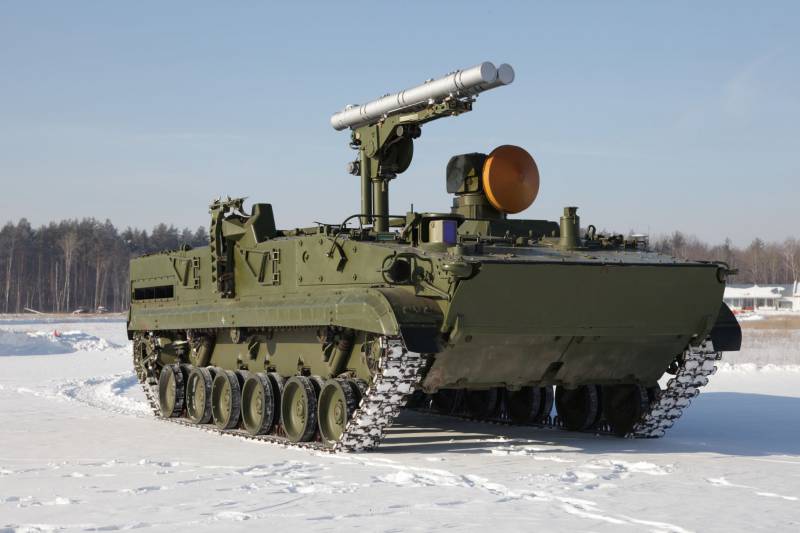
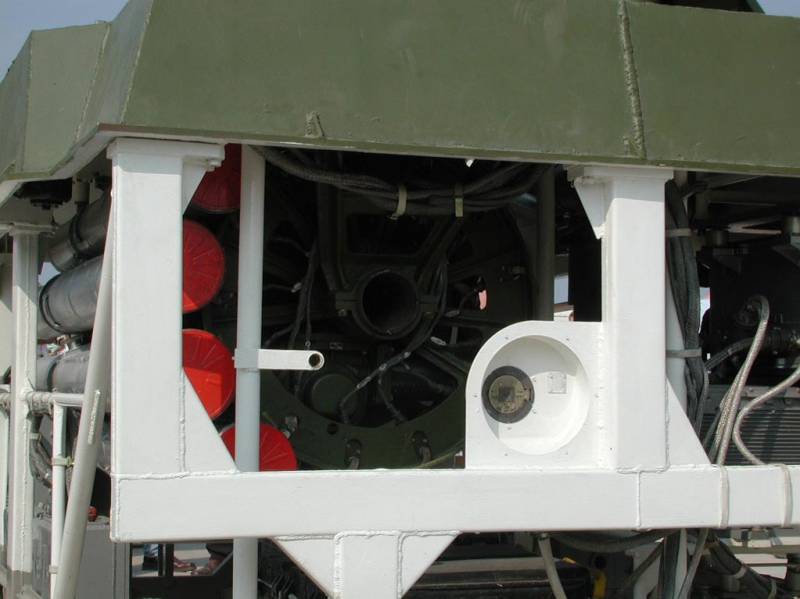
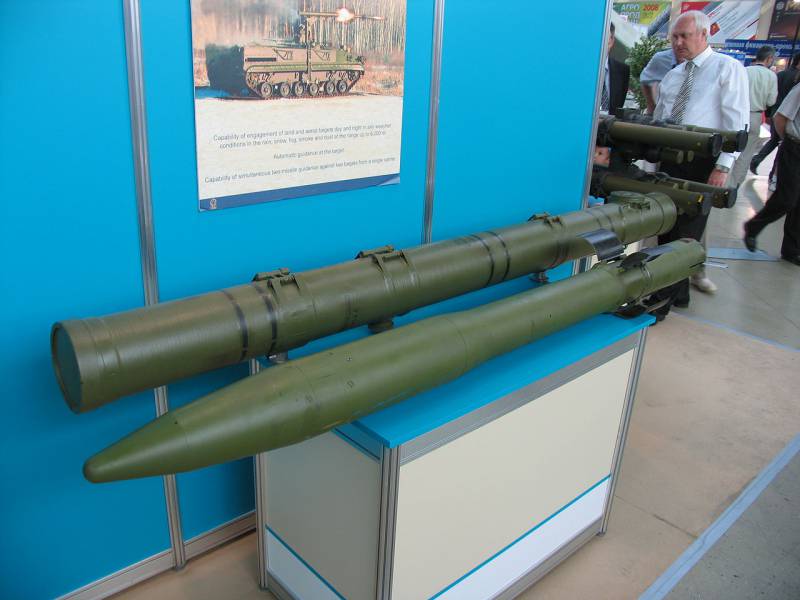

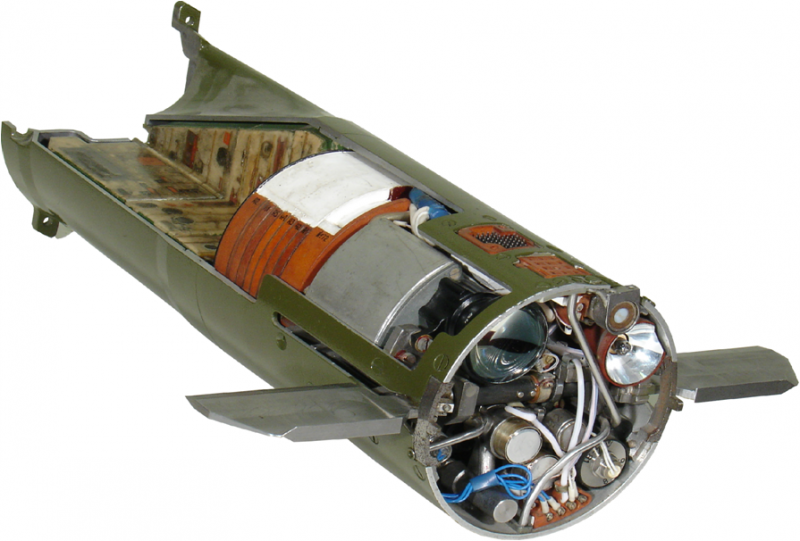
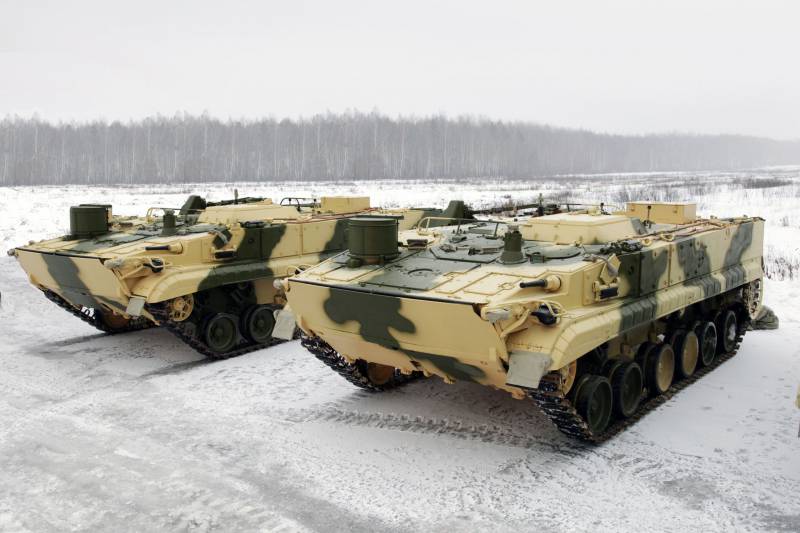
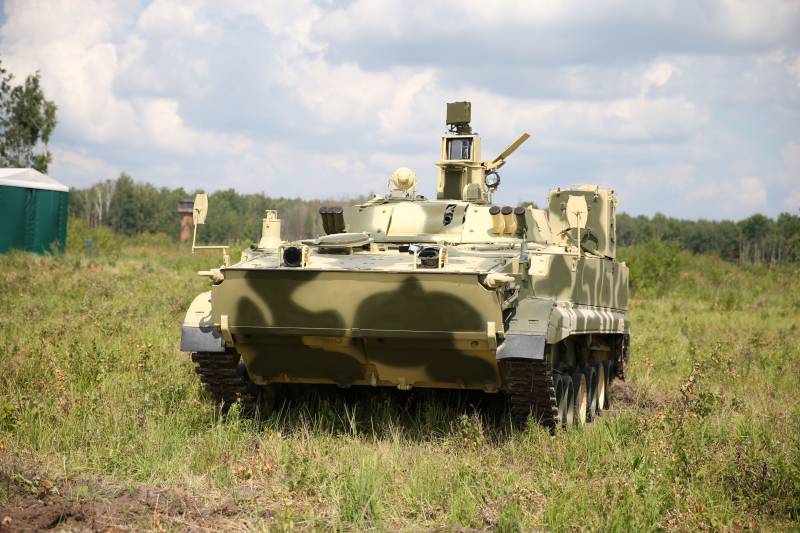
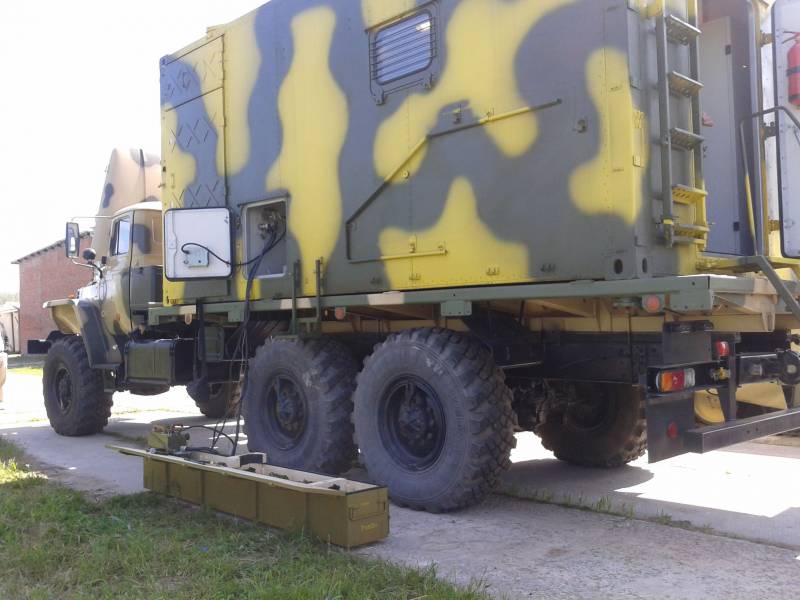
Information